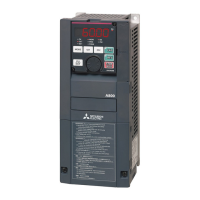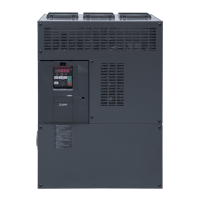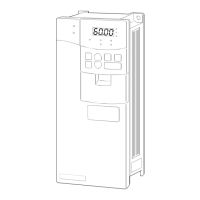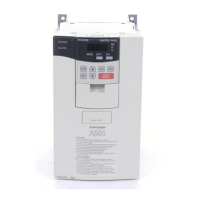INVERTER
INVERTER FR-A800 INSTRUCTION MANUAL (DETAILED)
J
HEAD OFFICE: TOKYO BUILDING 2-7-3, MARUNOUCHI, CHIYODA-KU, TOKYO 100-8310, JAPAN
IB(NA)-0600503ENG-J(1705)MEE Printed in Japan Specifications subject to change without notice.
FR-A800
INSTRUCTION MANUAL (DETAILED)
FR-A820-00046(0.4K) to 04750(90K)(-GF)
FR-A840-00023(0.4K) to 06830(280K)(-GF)
FR-A842-07700(315K) to 12120(500K)(-GF)
FR-A846-00023(0.4K) to 03610(132K)
High functionality and high performance
MODEL
FR-A800
INSTRUCTION MANUAL
MODEL
CODE
XXX-XXX
Model
FR-A800
Instruction Manual (Detailed)
Model code 1A2-P52






